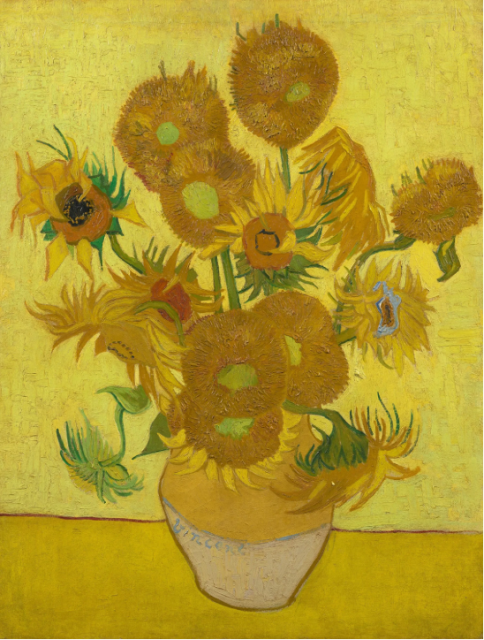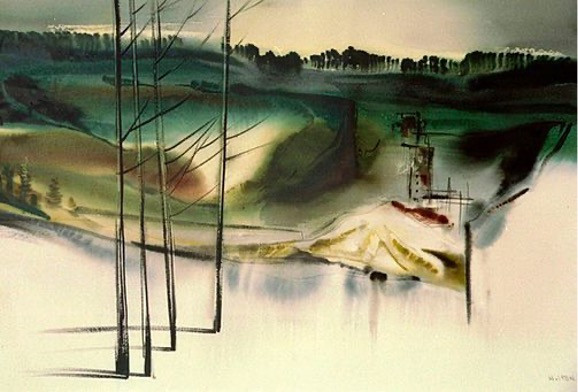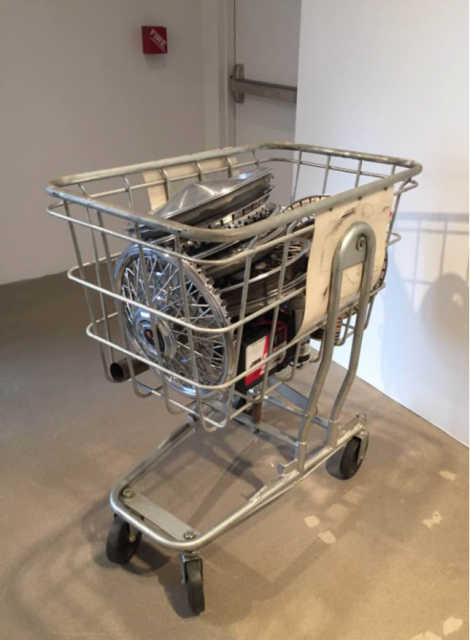What Is Art?
That's a question that bedevils art experts and "civilians" alike. It's not set in stone but there seems to be a common understanding that art is an object that is created for others to experience.
The key word is "experience." Does that necessarily mean you have to enjoy a work of art? Do you have to love it?
Then…
Every new artistic movement has had its early detractors.
The Impressionist movement was led by masters like Monet and Degas, yet conservative critics panned their work for its "unfinished, sketch-like appearance." Impressionism originated in France in the 19th century and the subjects were mainly landscapes and scenes of everyday life
These artists were among the fathers of what is known as "modern art." Does anyone today not believe that Monet and Degas are masters of the genre? Do you know anyone who doesn't love their art? Here is one of Monet's water lily paintings.
Expressionism, which also has its roots in the late 19th century, is defined as an artistic style in which the "artist seeks to depict not objective reality but rather the subjective emotions and responses that objects and events arouse within a person."
One of the most famous examples is Edvard Munch's The Scream, which sold at auction for $120 million!
Vincent Van Gogh is recognized as one of the masters of German Expressionism although he never sold a painting in his lifetime, only becoming famous after his death. Here is his famous Sunflowers.
…And Now
From the 1943s through the 1970s, Sarasota was a thriving art colony, recognized nationally for the celebrated painters and sculptors who had homes and studios in the area.
These artists came from across the United States and had a significant impact on the local art scene, representing major styles and trends of 20th century art. They were inspired by the lush flora and fauna as well as the Ringling Circus.
Arts Advocates has the foremost collection of Sarasota Colony paintings and sculptures on public display. You can experience them by visiting the Arts Advocates Gallery. Descending Yellows by Hilton Leech is the first painting acquired for the collection.
Then enter Roy Lichtenstein, Andy Warhol and others who led the Contemporary art movement. Incidentally, there is debate about whether these contemporary artists are simply an extension of the modern movement.
But Warhol no doubt shocked the art world with his famous Campbell Soup Cans. Why did he choose these objects? It's said that he asked a friend for inspiration and the friend suggested the soup cans.
The Ferus Gallery in Los Angeles saw the collage and offered the artist a show in the summer of 1962. For that exhibit Warhol also painted one of each of the 32 varieties of Campbell soup. The show caused a sensation.
I happen to think that Andy Warhol was creating artworks, including his striking portraits of celebrities, such as Elizabeth Taylor, and I like them. But not everybody does. Maybe you do -- or don't.
Is This Art?
This brings me to an "artwork" that I saw a few years ago at the Museum of Modern Art in New York, a paragon of contemporary art. I snapped this photo because I wanted a record of something I couldn't believe I was seeing with my own eyes: a shopping cart filled with hub caps.
I definitely do not like this piece. However, my reaction to it fits the definition of art that we started with – that art is an object that is created for others to experience. Well, I did have a gut feeling about the piece. But I have to say I don't consider it art.
That's the beauty of art. As the saying goes, it's all in the eyes of the beholder.
Leave a comment and let me know your thoughts about this shopping cart creation. Do you think it's art?





